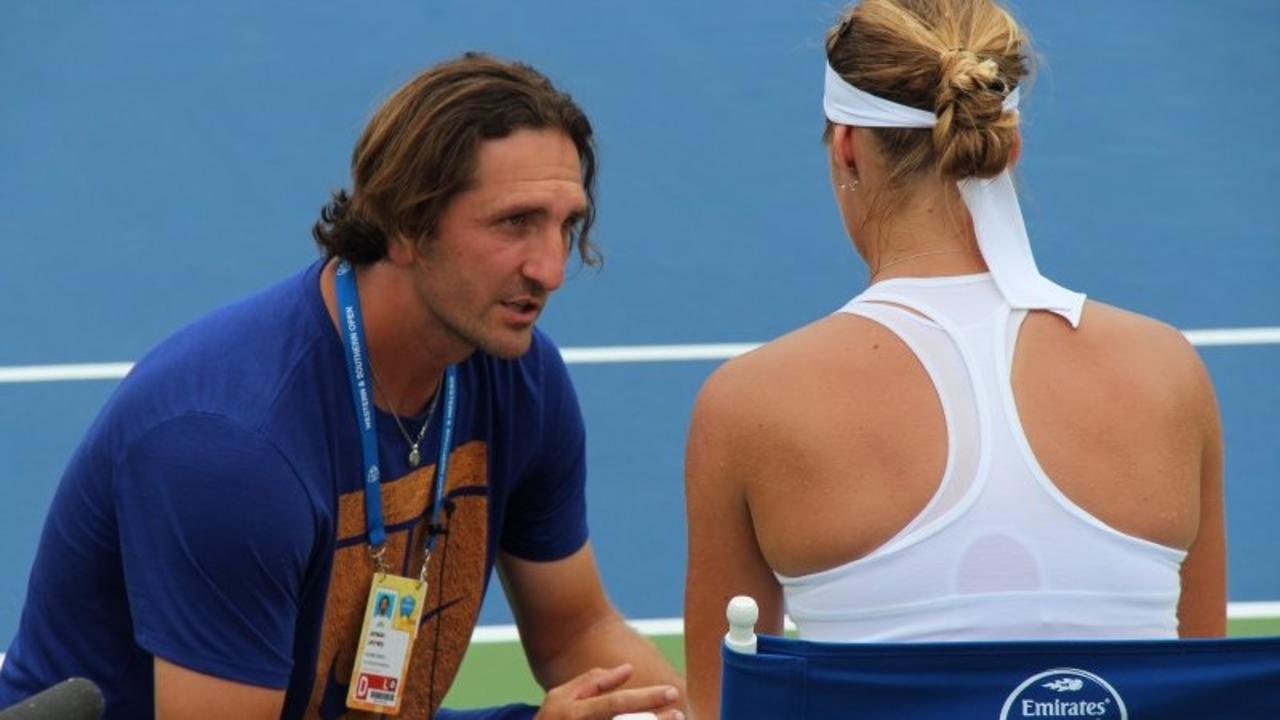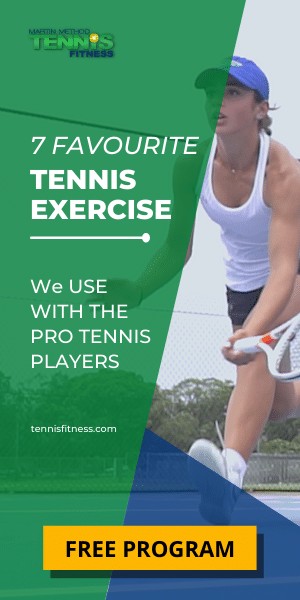Paralysis by Analysis - Tennis Lessons
Jul 21, 2021
As tennis legend Arthur Ashe famously said, “There is a syndrome in sports called paralysis by analysis.”
Paralysis by analysis is the state of over-analyzing a situation, resulting in poor execution. Have you ever experienced this or witness someone doing this? It is not a nice feeling and often leads to making rushed decisions, indecision, and self-doubt, all of which lead to whipping your self-confidence down!
The history of paralysis by analysis dates back thousands of years to where the concept can be seen in one of Aesop’s Fables:
A fox boasts to a cat that it has hundreds of escape options while the cat only has one. When the two animals hear hounds approaching, the cat scampers up a tree while the fox gets caught up, paralyzed upon debating which escapes route he should take.
Especially amongst juniors, most tennis instruction is centered around correct biomechanics, and while technical aspects are fundamental, it is all too easy for players to fall into the trap of this ‘practice mindset’ and constantly devote their attention to the split step, unit turn, pointing with their left hand, driving the butt cap through, brush up the ball, elbow finish high, etc. The players I feel the most for regarding over-analyzing what they are doing is the "Perfectionist" the players that expect things to be perfect and place great expectations on themselves, more often than not more than is needed to improve and win matches.
Generally, the problem arises during the competition phase when the player has overtrained this practice mindset and undertrained the performance mindset, know what I mean?
Instinctively falling into the practice mindset compromises the player’s ability to perform essential tasks required for winning competitive matches, like strategizing, registering cues from opponents, tracking the ball trajectory, and picking and executing targets. Instead, the player’s cognition is overloaded with the technical cues that have not yet successfully been made autonomous.
This is compounded by the high-pressure situations which arise from competitive environments, further inhibiting players’ cognitive processing, and thus detracting from their ability to execute performance elements. Players will feel like they are stuck in their heads and cannot get away from these thought patterns.
Tennis Tips / Tennis Lessons
The fix: Focus on what you want to do with the ball rather than how you do it. One cue (or preferably feeling) is acceptable for the player to strive for as they execute a shot, but apart from this, once the player enters a competition environment, conscious attempts to execute stroke mechanics must disappear in order to perform optimally and become good at winning.
How you hit the ball will not determine whether or not you win the match, but rather what you do to the ball (and how you move to it and track it) will.
The majority of players that get tennis lessons do so to improve how they perform during match play. Coaches need to assess their coaching strategy and find the right ratio between technical instruction and competitive instruction.
It is important to educate players on the two different mindsets. When a player walks on the court to practice and work on a certain aspect of their game they need to be focused on that, when they are playing a match it is a totally different mindset, we need them thinking about strategy, point construction, and what they want to do with the ball.
Basically learning how to construct points and win matches. “Practice should be practice” and match play should be, “Applying what you learn and utilizing it into a competition framework” This is key! if you take anything away from this, blog, let it be that!
Competition growth should be every player, coach, and tennis fitness trainers' ultimate goal. Of course, getting the technique right is crucial, our point for this blog is to ensure player technique is not getting over analyzed and over-focused upon.
This is how negative player stigmas can develop as players can feel they are always getting things wrong. It can also be very boring especially for young players.
Encouraging players to apply what they have learned in practice into a match is key. If you have focused on certain technical issues during practice, it is important to let players know that every now and then check in during their match and see how they feel it is going, this is best done during change of ends.
Player journaling is a powerful tool to help establish the crossover from practice to play. When a player reads their journal pre-match, they can have some technical tips in there along with tactical, etc, this helps blend the technical aspects into match play.
One last point I feel is very important for coaches and tennis strength and conditioners to consider is the fact we are largely responsible for building self-belief in or players, in my opinion, this should be our major role away from instruction and education. Here is my point, you can educate a player and get them technically sound and tennis fit, but without their inner self-belief, they won’t get far. We need to encourage them to apply what they practice and just play without over-analyzing themselves.
One of my favorite quotes is “Where focus goes, energy flows”
If we keep players focused on practice during practice they will technically develop and when in a competitive environment if the focus is on a competitive growth mindset they will be right on track.
By - Josh Kaplan and Nathan Martin
P.s Check out our range of online products designed to get you faster, fitter and more powerful on court!


